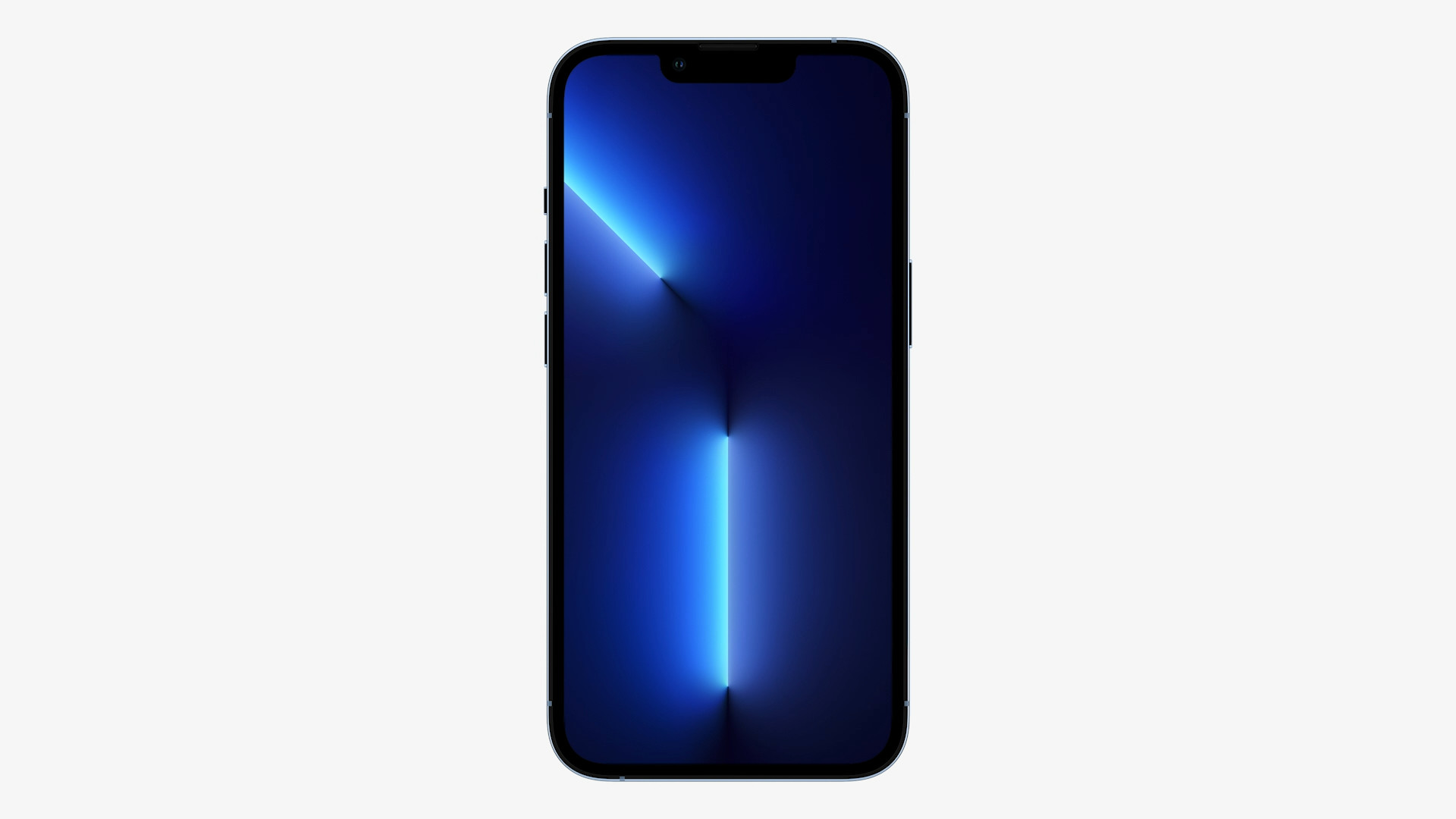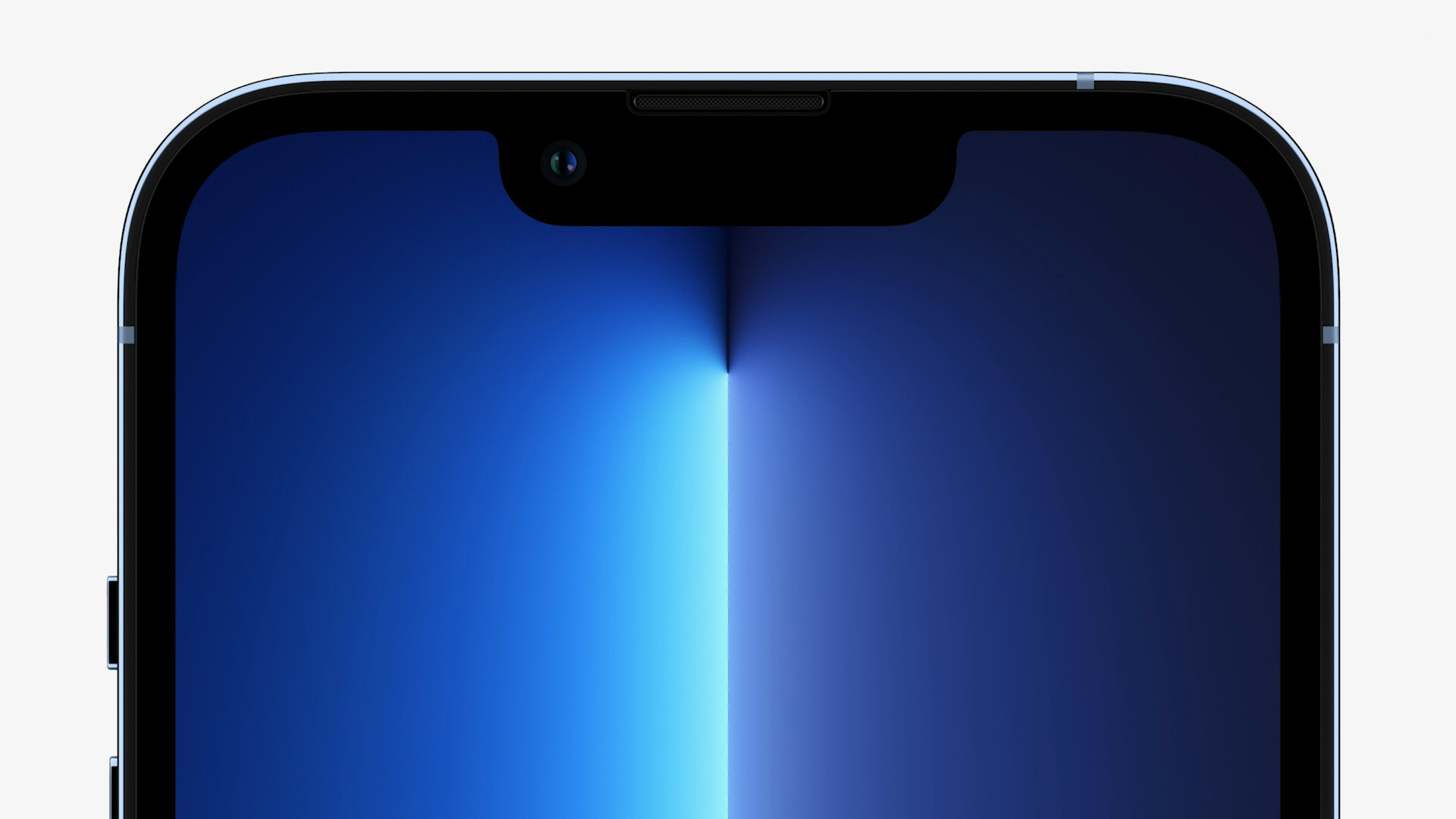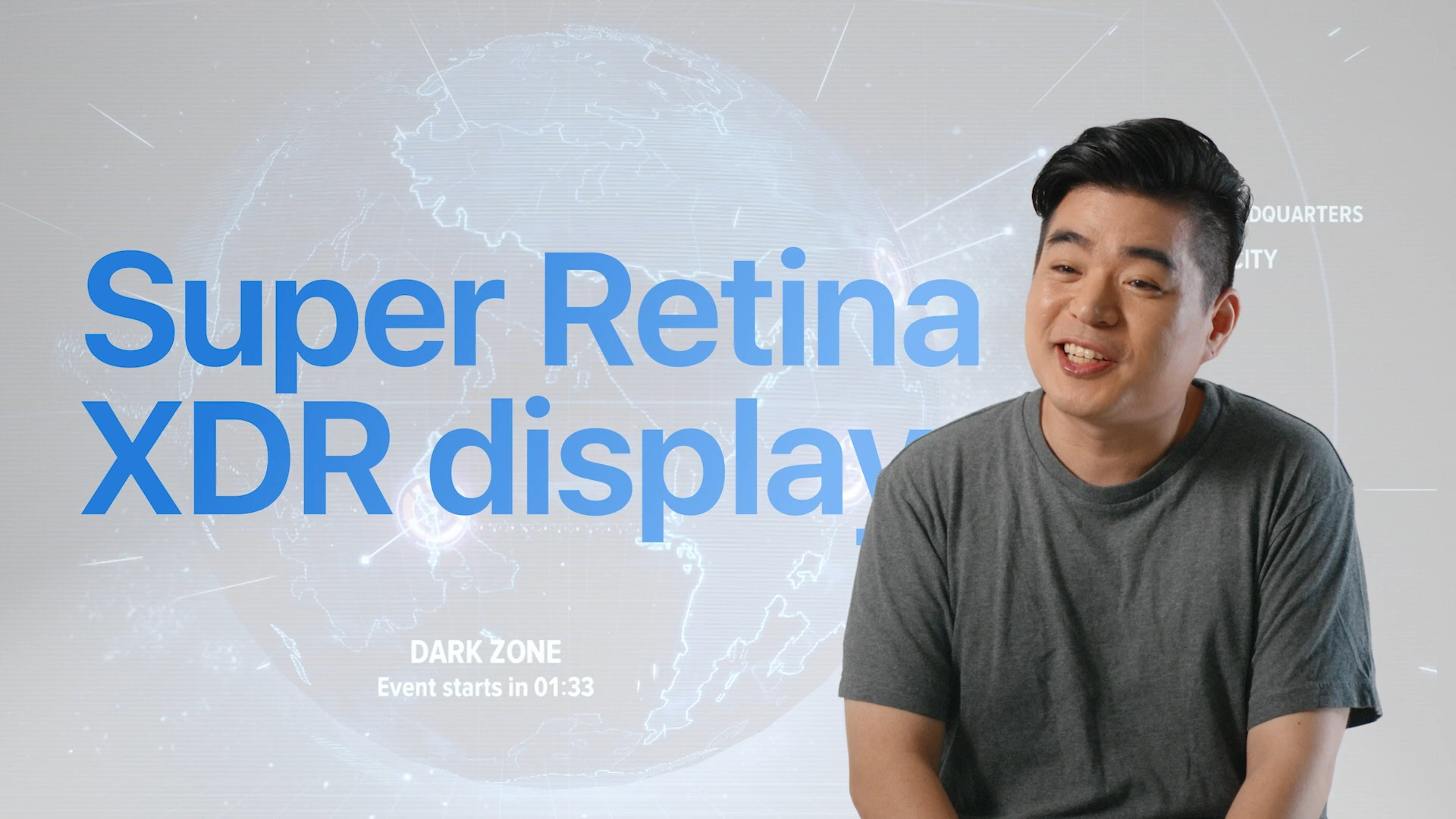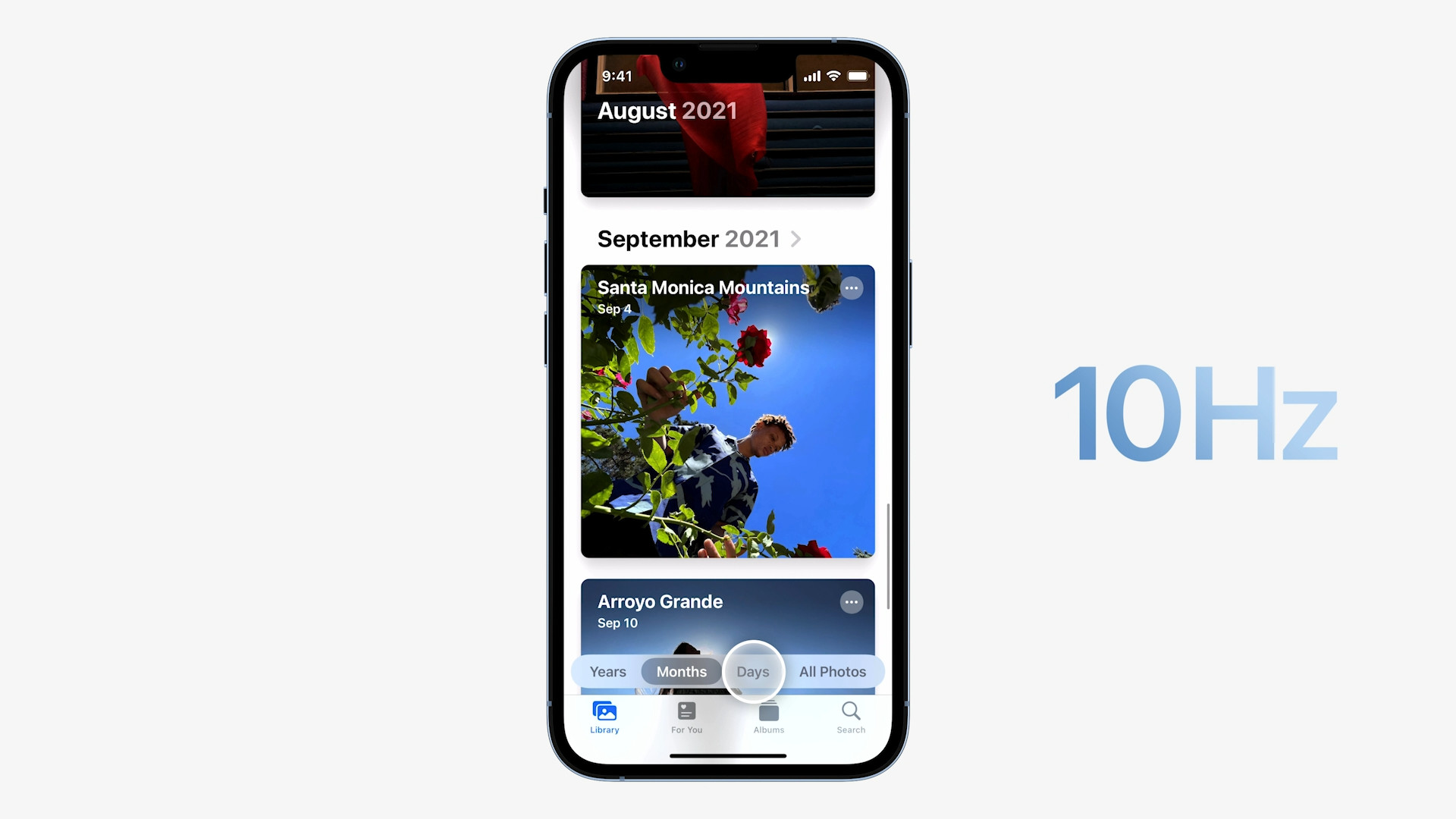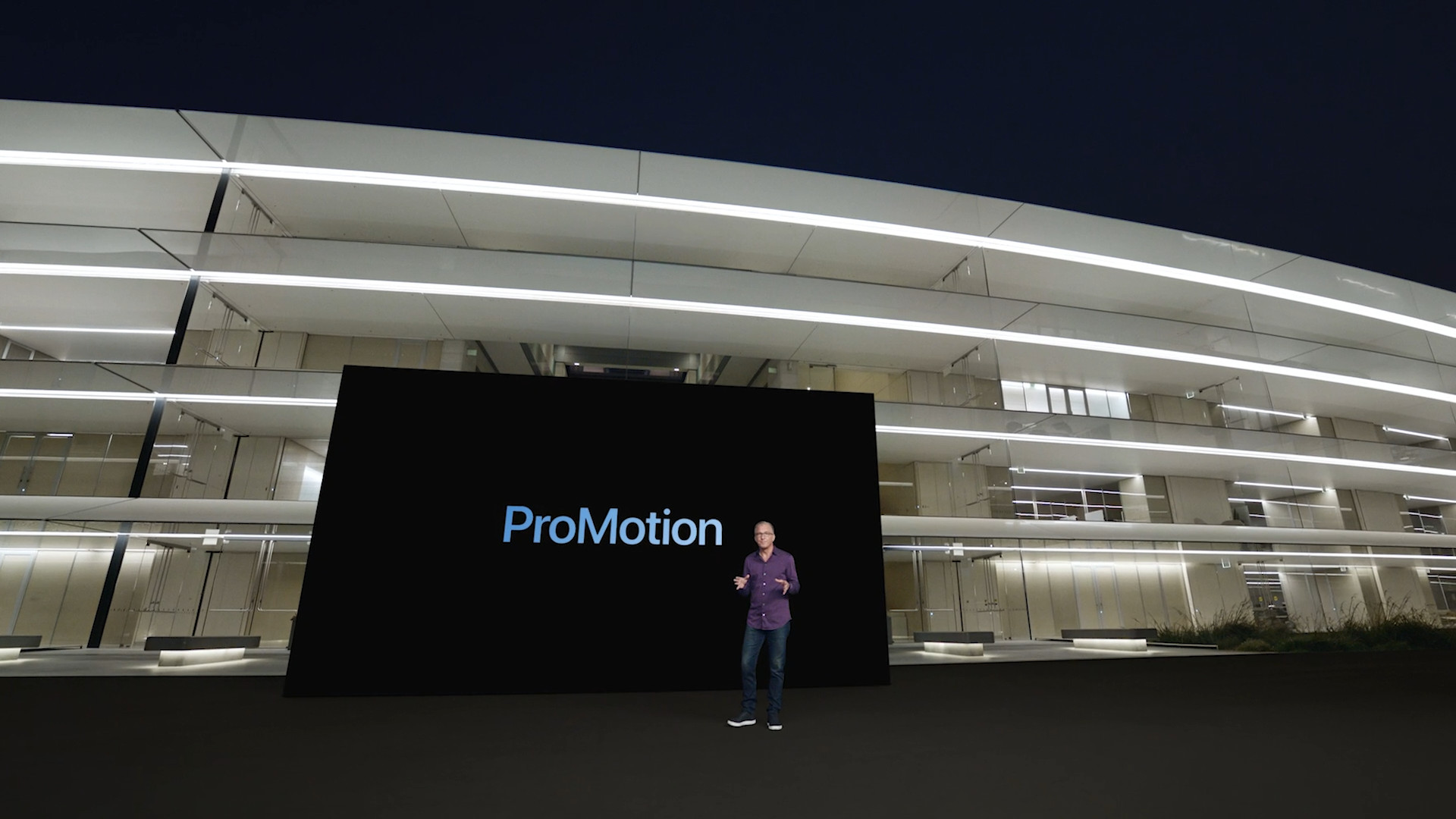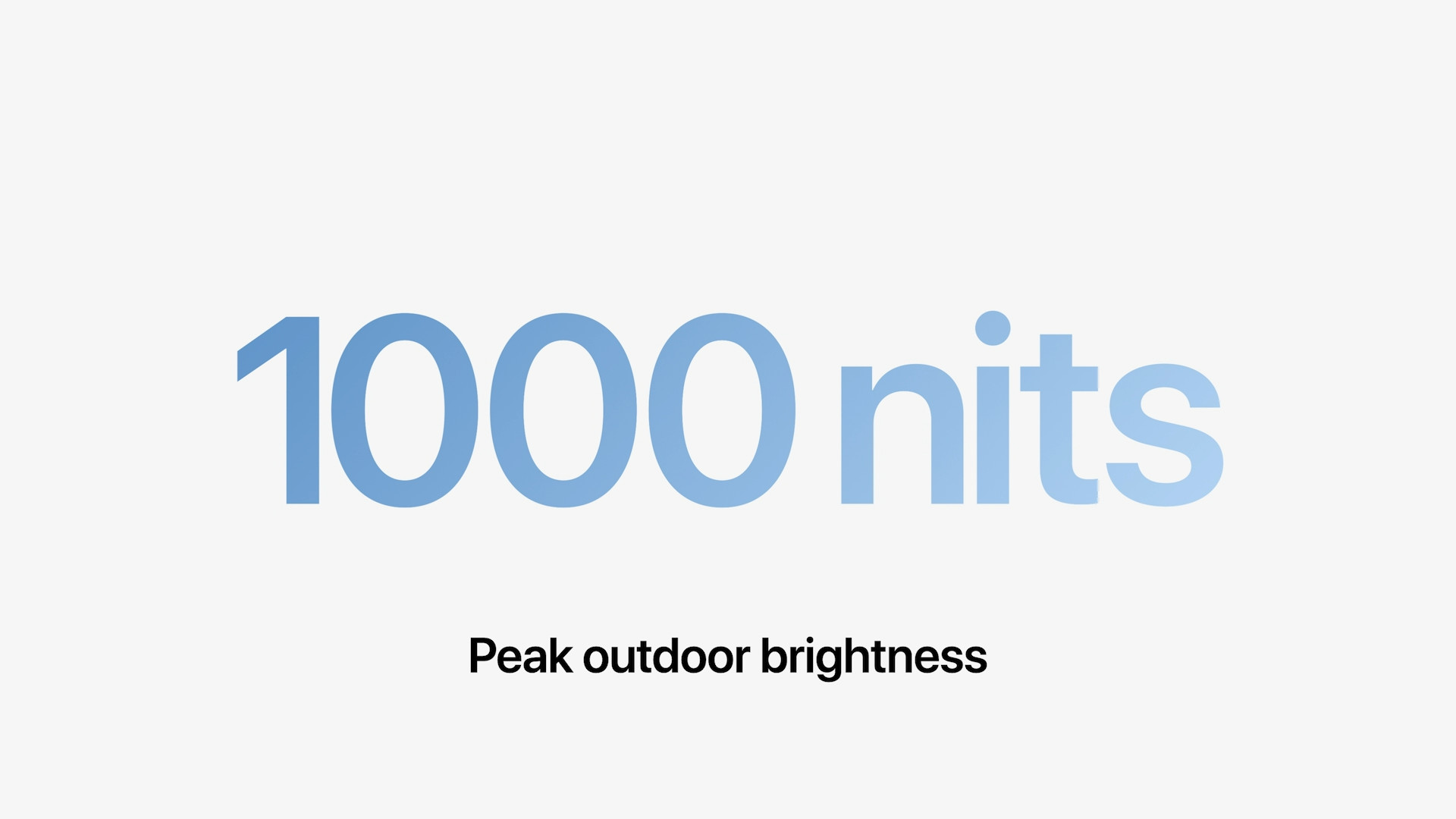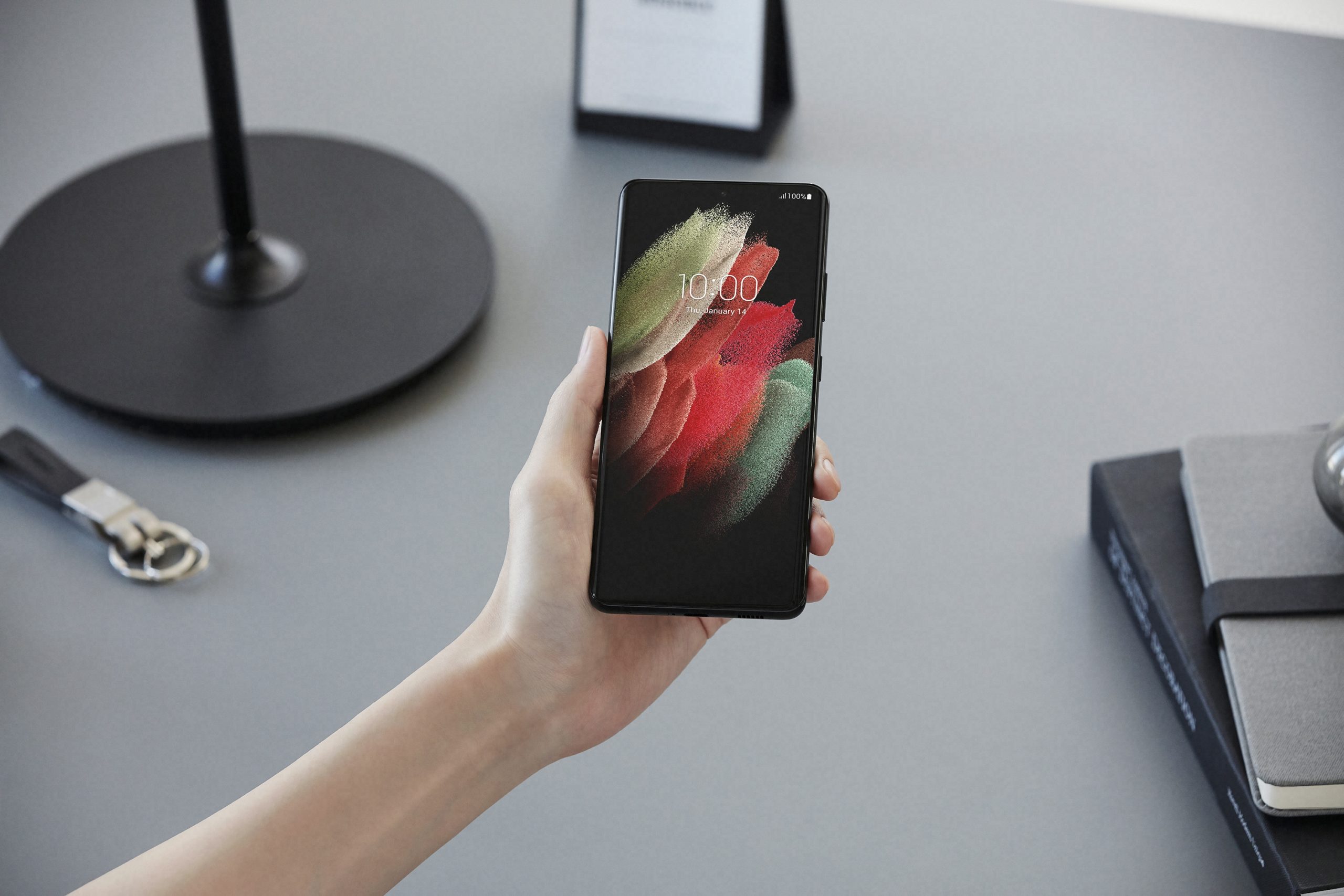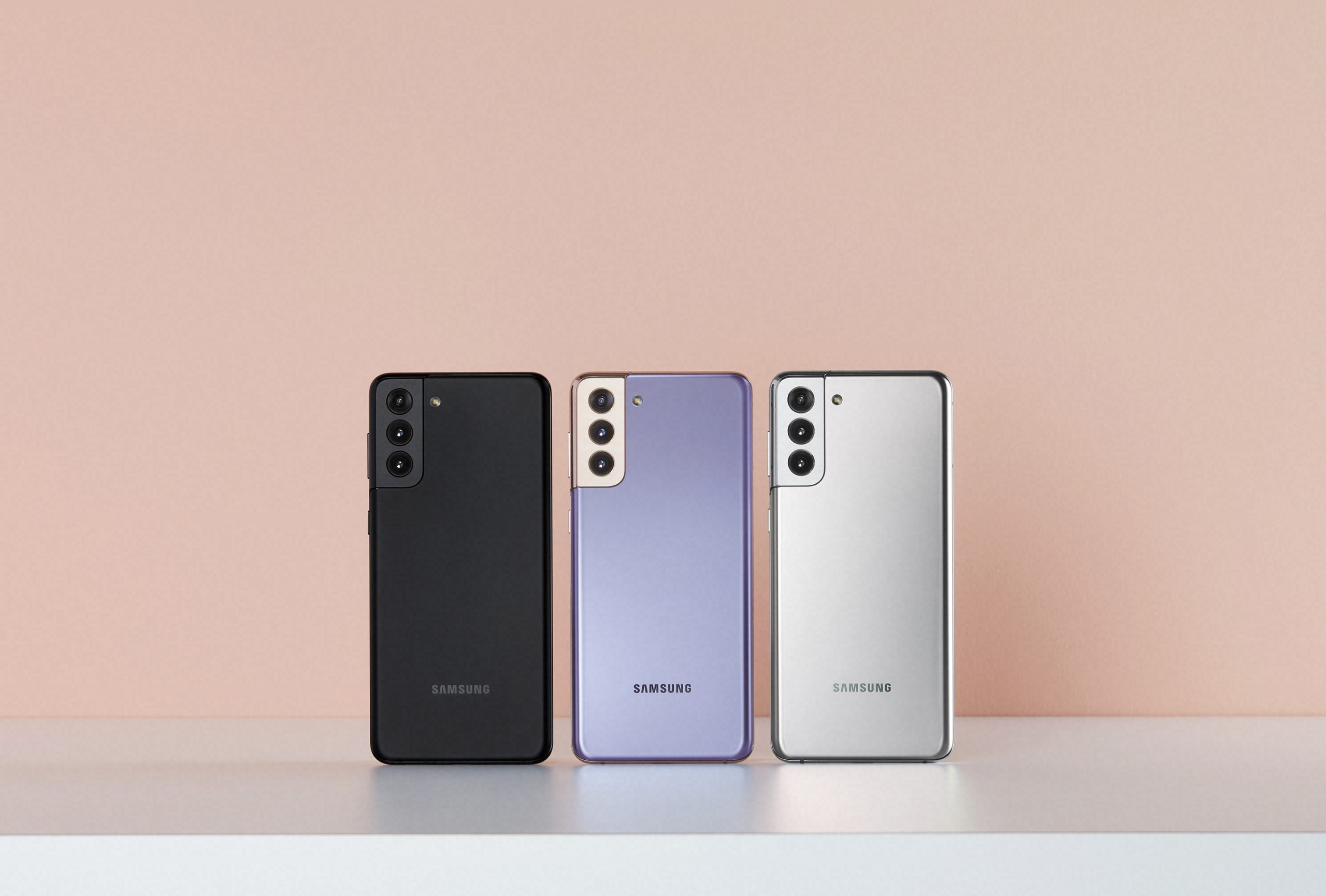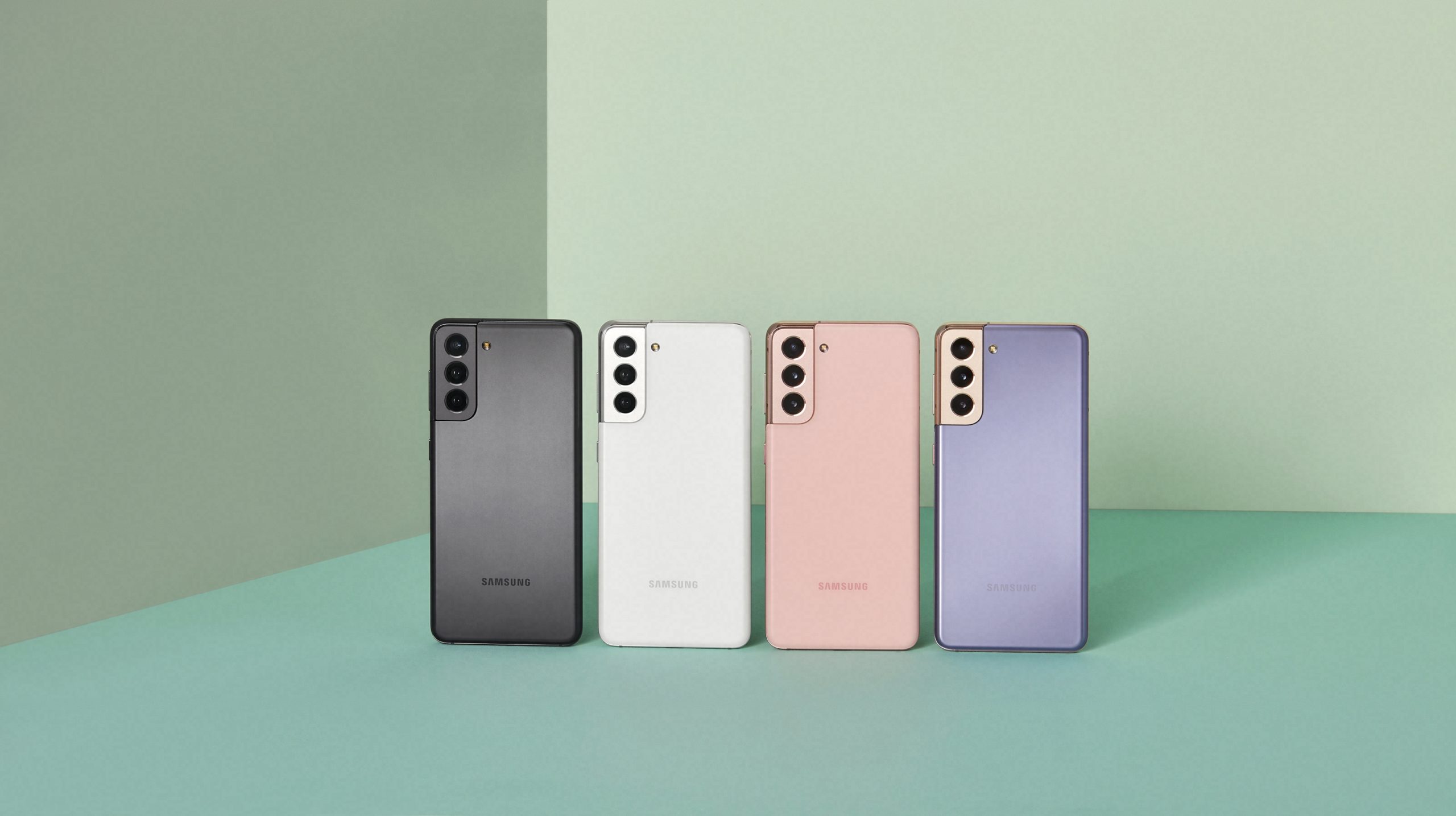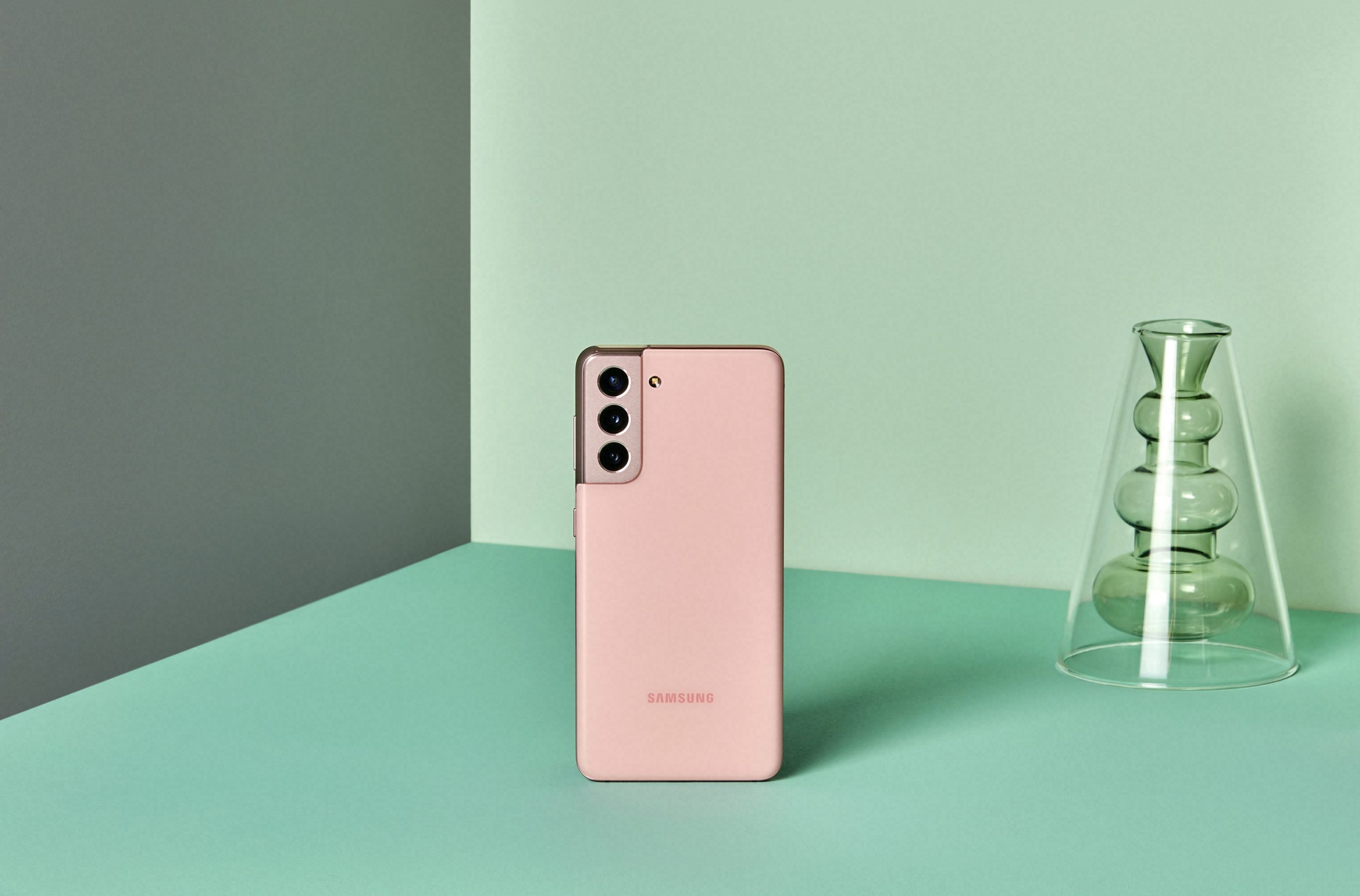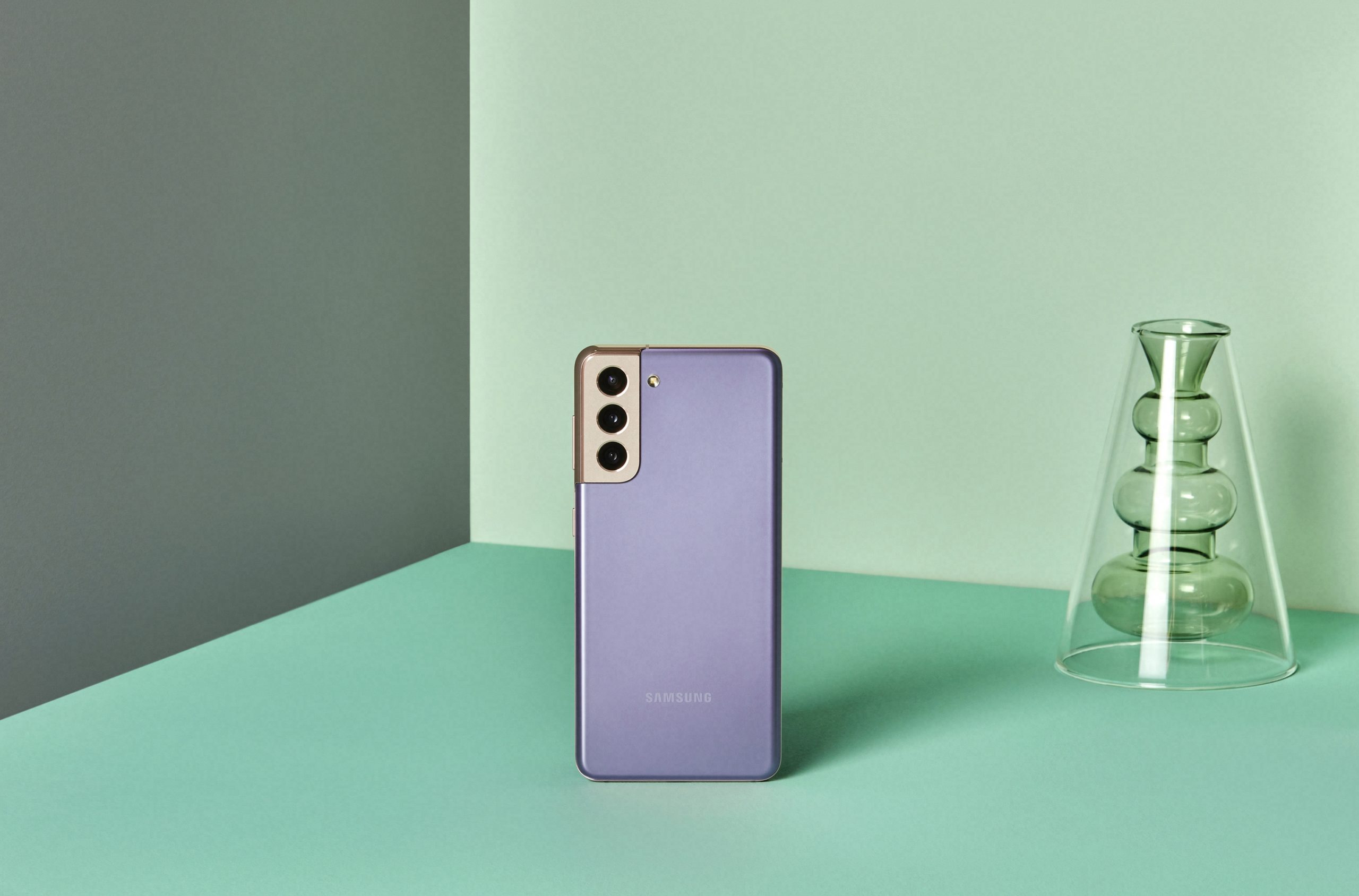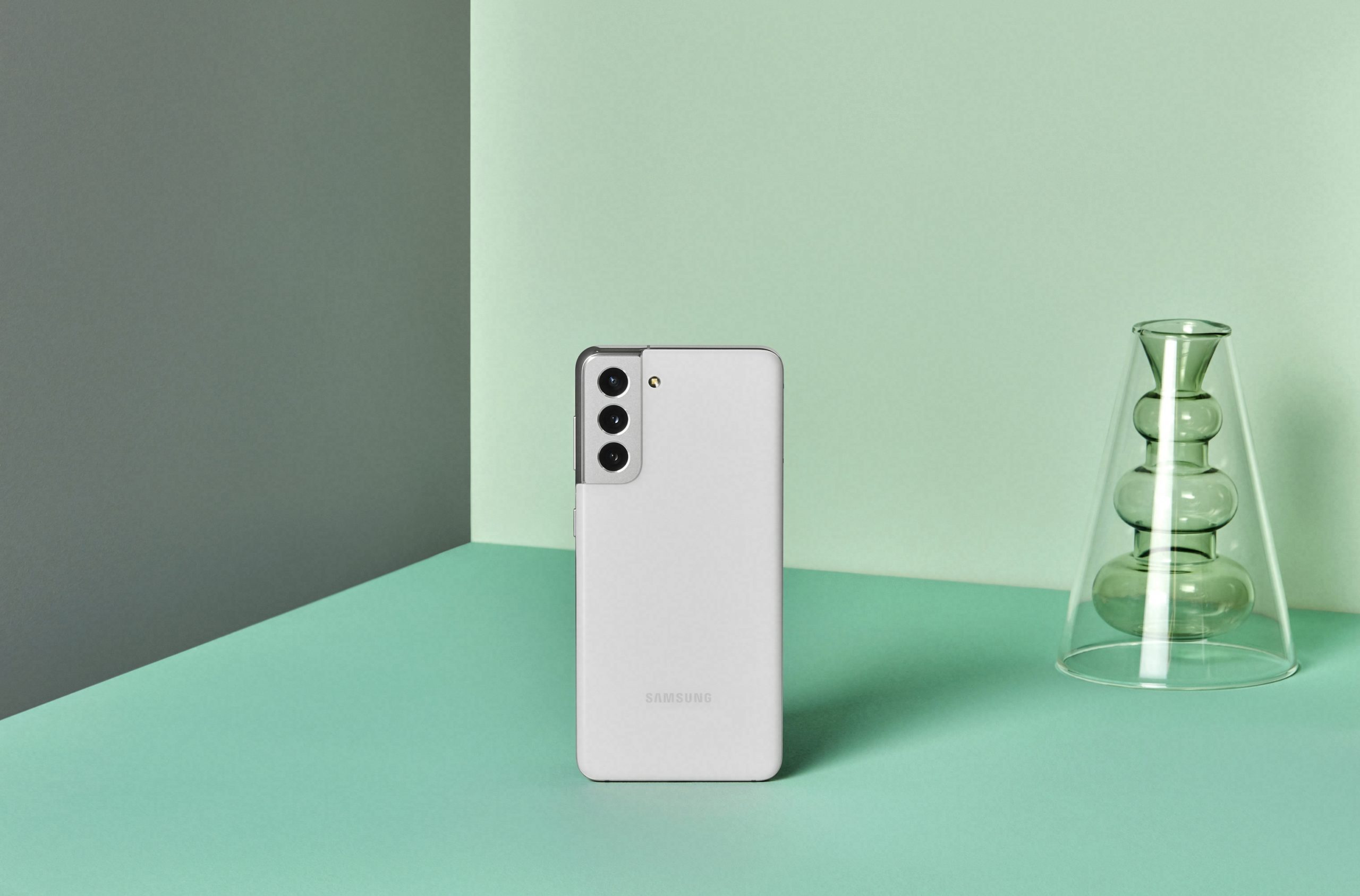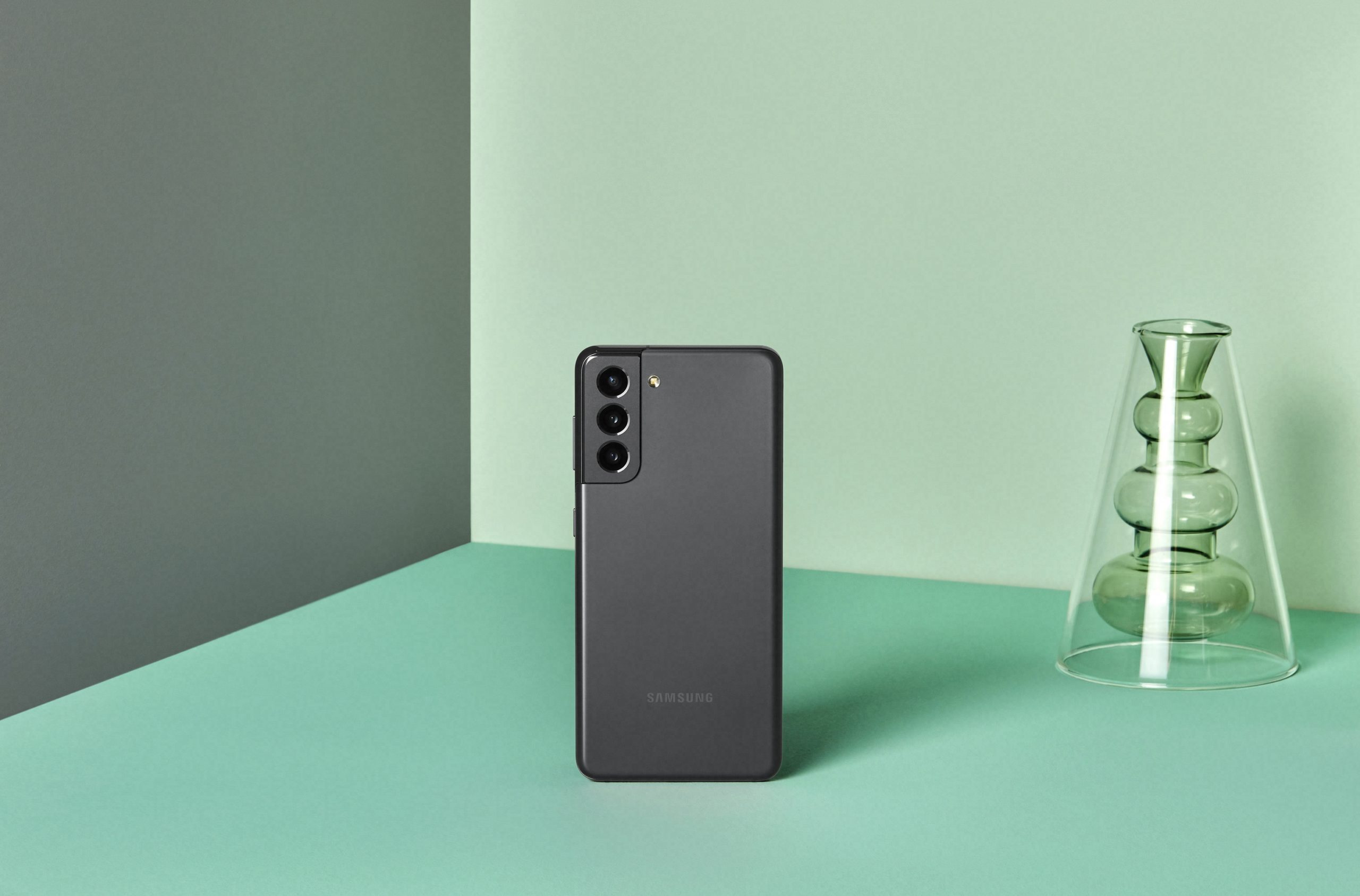The designation PPI is often encountered with regard to mobile phone displays. It is a unit for measuring the density of image points, or pixels, when it indicates how many fit into one inch. And if you think that the latest smartphones are constantly increasing this number, it is not entirely true. The leader is the device from 2017.
Apple introduced four of its iPhone 13 this year. The 13 mini model has 476 PPI, the iPhone 13 along with the iPhone 13 Pro have 460 PPI and the iPhone 13 Pro Max has 458 PPI. In its time, the leader was the iPhone 4, which was the first of the iPhones to bring the Retina designation. With regard to today's smartphones, it offered only 330 PPI, which even then Steve Jobs claimed that the human eye could no longer recognize.
It could be interest you
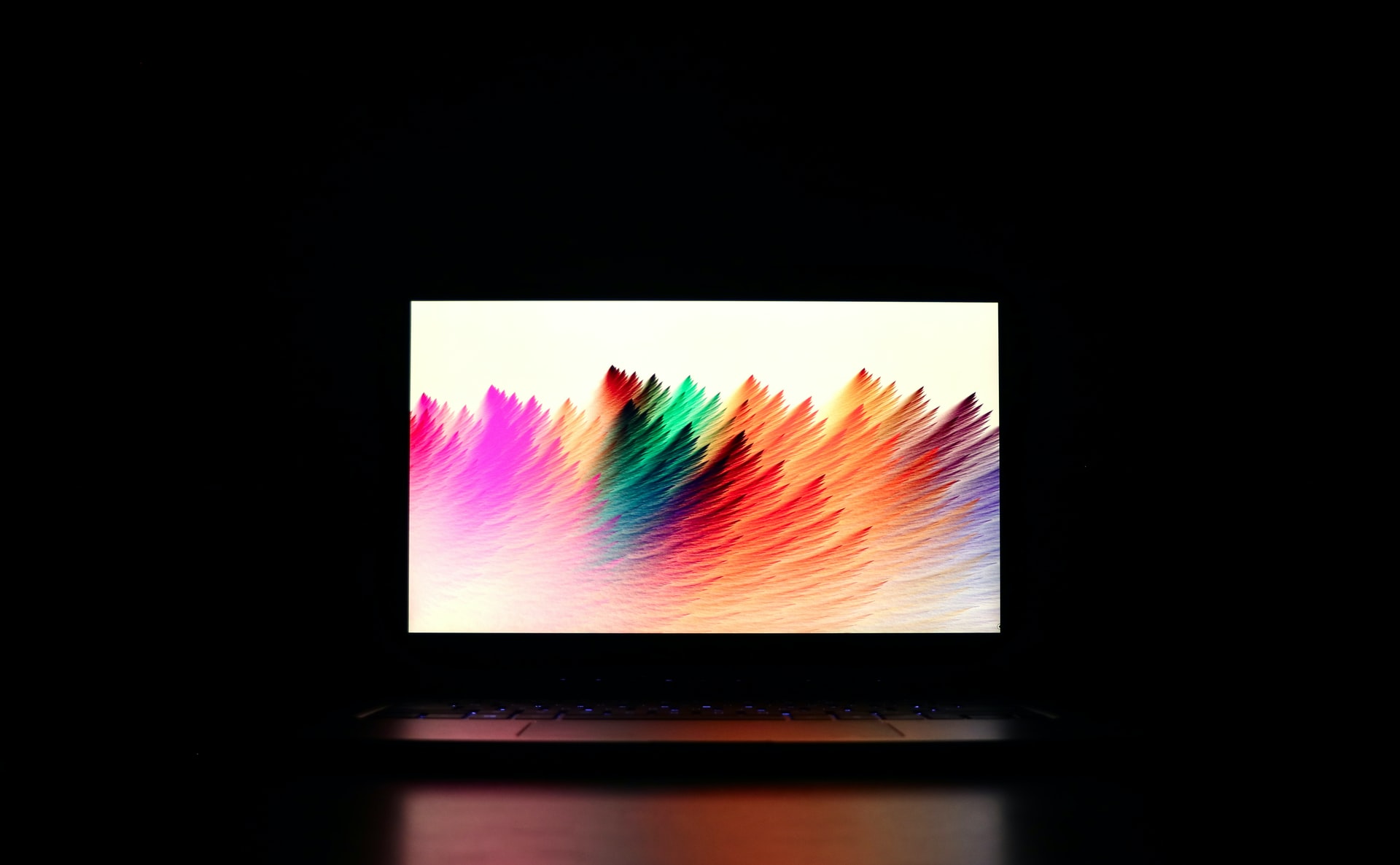
However, this claim is of course very questionable. It depends on the distance from which you look at the device, or its display. Of course, the closer you do this, the more clearly you can see the individual pixels. It is generally stated that a healthy human eye can detect 2 PPI when looking at an "image" from a distance of 190 cm. But you certainly won't do that normally. However, if you extend this distance to the usable and now more common 10 cm, you only need to have a display pixel density of 30 PPI so that you can no longer distinguish them from each other.
So is finer resolution unnecessary? You can't even say that. More pixels on a smaller surface can play better with colors, their shades and the light itself. The human eye can no longer distinguish the differences, but it can be thought that if the display is finer, it will be able to better express the small color transitions that you already see. As a result, using such a device will simply be more pleasant.
Who is the leader with respect to PPI
There cannot be a clear answer here either. There is a difference between a small and fine diagonal, as opposed to a huge and slightly coarser one. But if you ask the question: "Which smartphone has the highest PPI", the answer will be Sony Xperia XZ Premium. This phone, introduced in 2017, has a small 5,46" display by today's standards, but its PPI is a staggering 806,93.
Of the newer smartphones, the OnePlus 9 Pro should be singled out, which has 526 PPI, while, for example, the newly introduced Realme GT2 Pro has only one pixel less, i.e. 525 PPI. The Vivo X70 Pro Plus, which has 518 PPI, or the Samsung Galaxy S21 Ultra with 516 PPI are also doing great. But then there are also phones like the Yu Yutopia, which offers 565 PPI, but we don't know much about this manufacturer here.
However, it is worth mentioning the fact that the PPI number is only one indicator of the quality of the display. Of course, this also applies to its technology, refresh rate, contrast ratio, maximum brightness and other values. Battery requirements are also worth considering.
It could be interest you
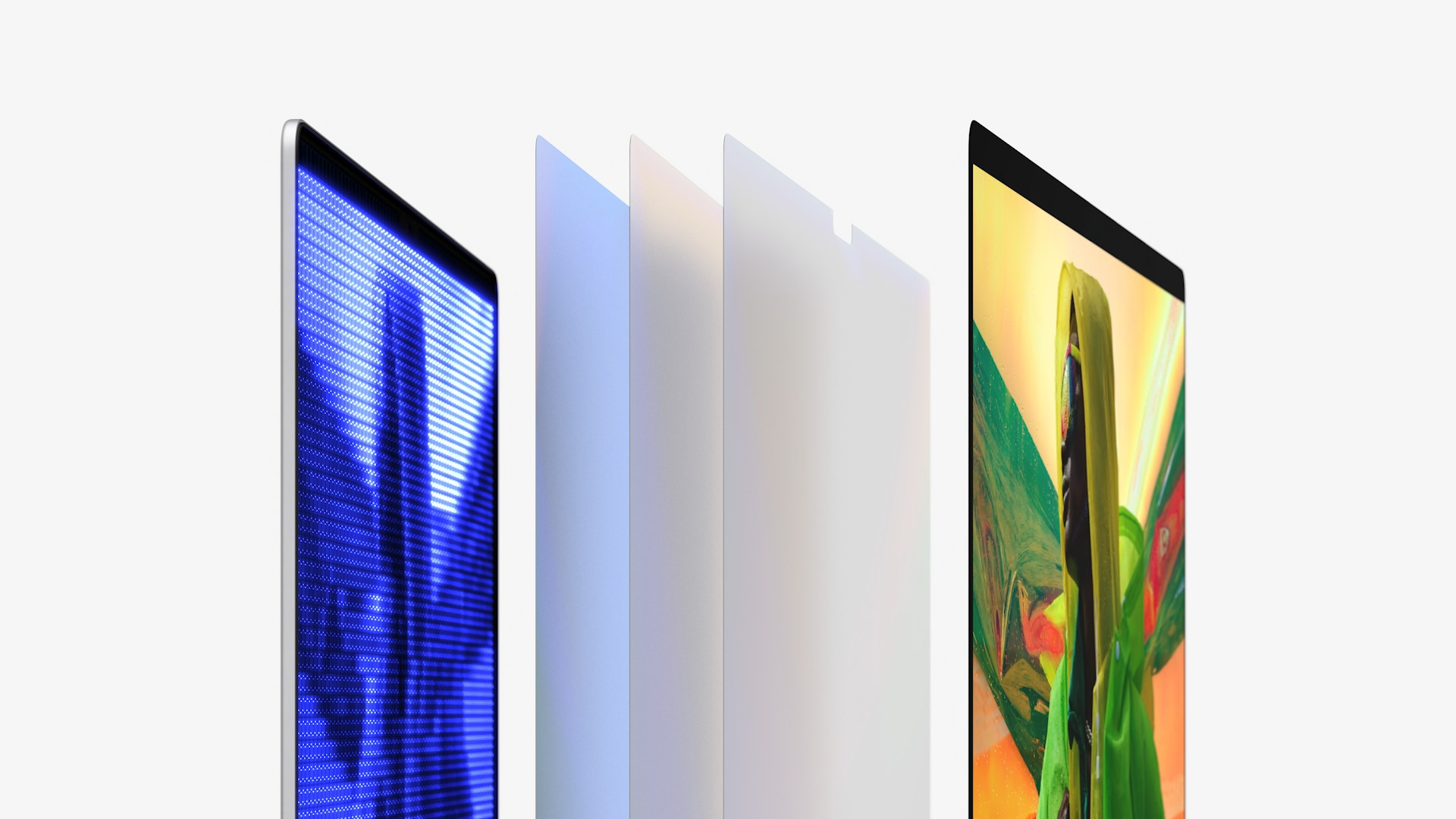
The most PPI in smartphones in 2021
- Xiaomi Civi Pro – 673 PPI
- Sony Xperia Pro-I – 643 PPI
- Sony Xperia 1 III – 643 PPI
- Meizu 18 – 563 PPI
- Meizu 18s – 563 PPI
The most PPI in a smartphone since 2012
- Sony Xperia XZ Premium – 807 PPI
- Sony Xperia Z5 Premium – 806 PPI
- Sony Xperia Z5 Premium Dual - 801 PPI
- Sony Xperia XZ2 Premium – 765 PPI
- Xiaomi Civi Pro – 673 PPI
- Sony Xperia Pro-I – 643 PPI
- Sony Xperia 1 III – 643 PPI
- Sony Xperia Pro – 643 PPI
- Sony Xperia 1 II – 643 PPI
- Huawei Honor Magic – 577 PPI
- Samsung Galaxy S7 – 577 PPI
- Samsung Galaxy S6 – 577 PPI
- Samsung Galaxy S5 LTE-A – 577 PPI
- Samsung Galaxy S6 edge – 577 PPI
- Samsung Galaxy S6 Active – 576 PPI
- Samsung Galaxy S6 (CDMA) – 576 PPI
- Samsung Galaxy S6 edge (CDMA) – 576 PPI
- Samsung Galaxy S7 (CDMA) – 576 PPI
- Samsung Galaxy S7 Active – 576 PPI
- Samsung Galaxy Xcover FieldPro – 576 PPI
- Samsung Galaxy S9 – 570 PPI
- Samsung Galaxy S8 – 570 PPI
- Samsung Galaxy S8 Active – 568 PPI
- Samsung Galaxy S20 5G UW – 566 PPI
- Yu Yutopia - 565 PPI
